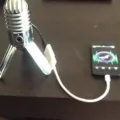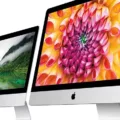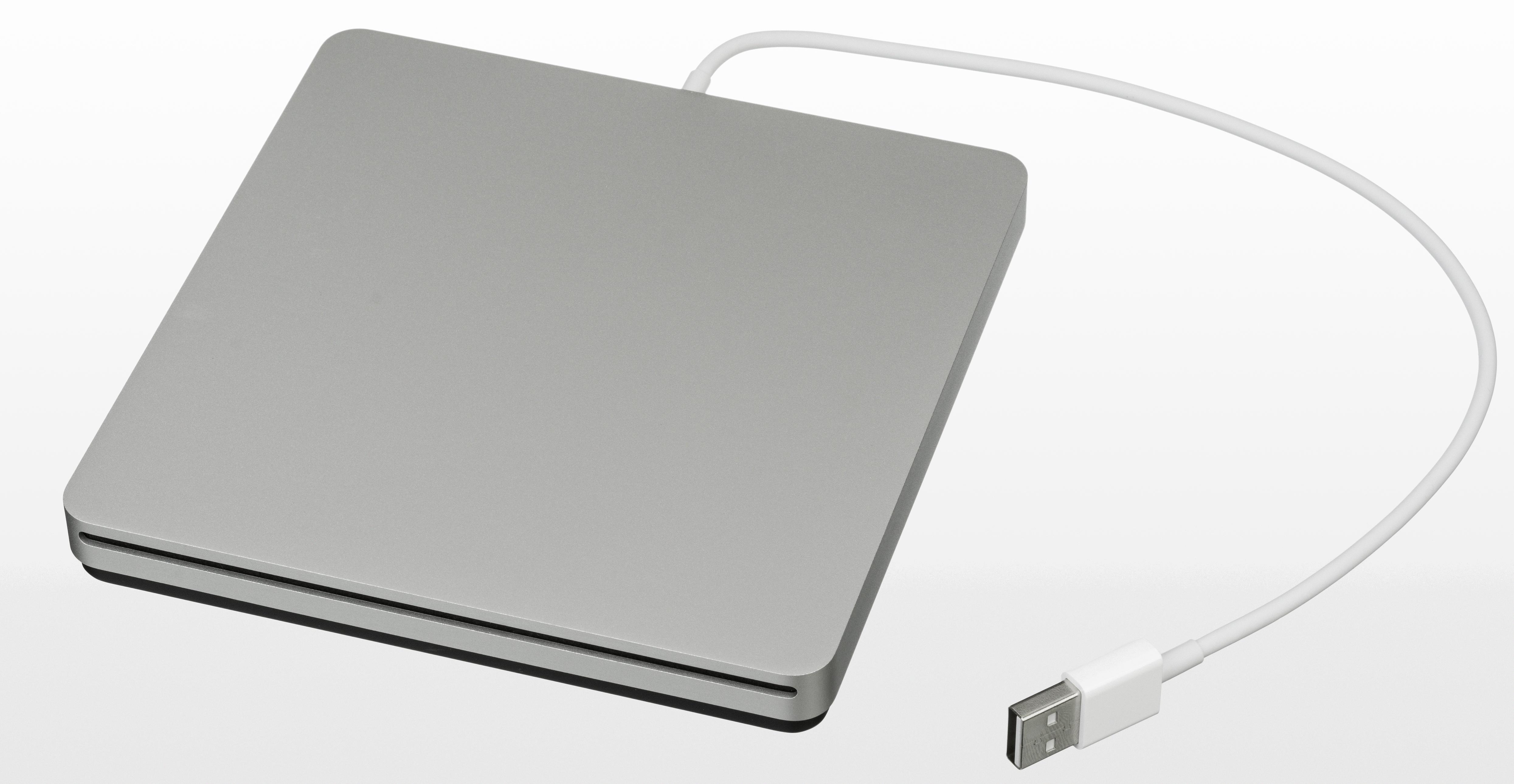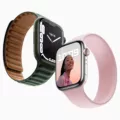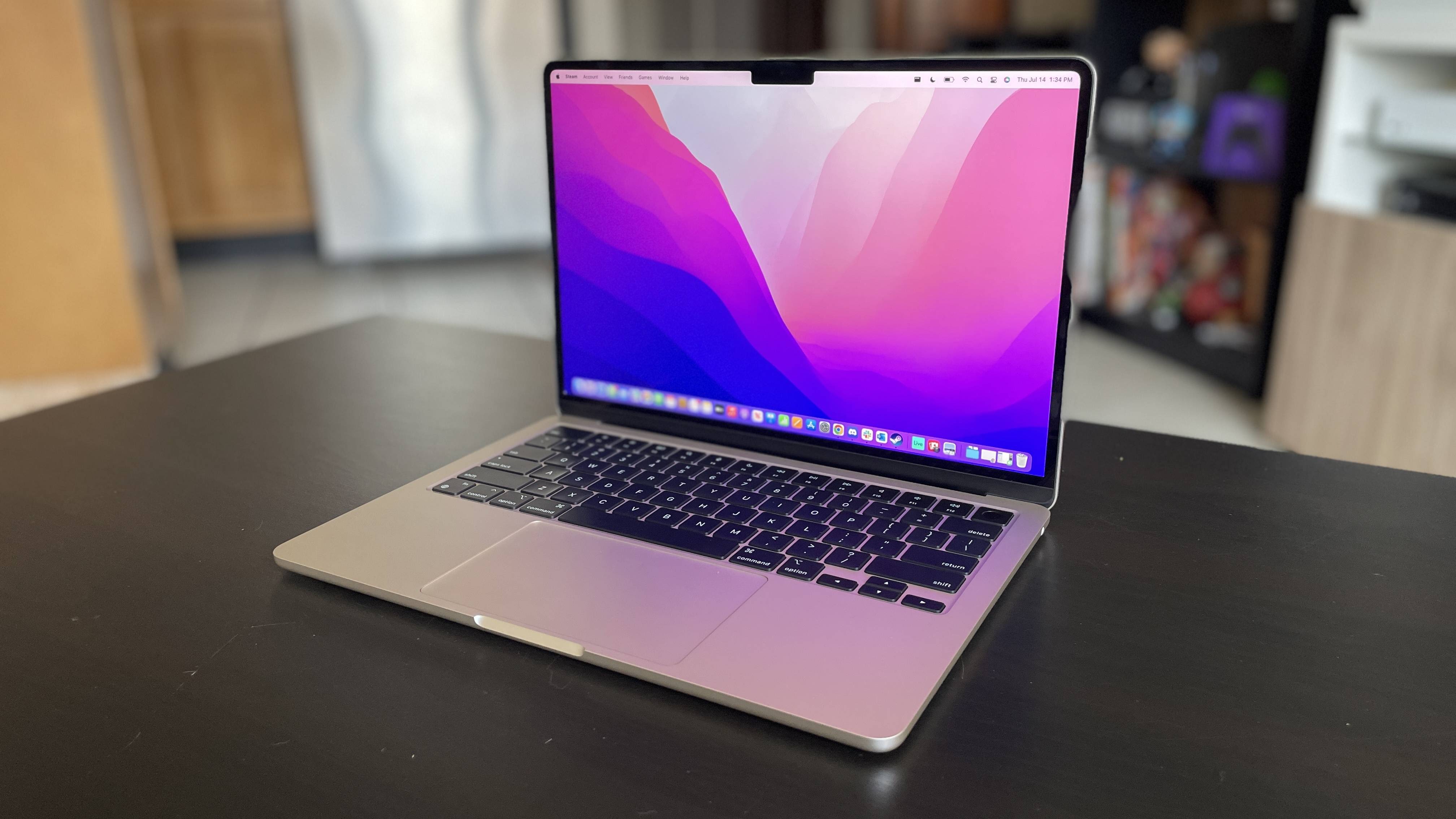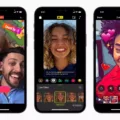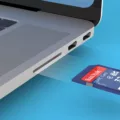Are you having trouble accessing a USB device on your Macbook Air? You’re not alone! Connecting a USB device to your Macbook Air can be tricky. Fortunately, there are a few simple steps you can take to make sure your USB device is recognized and accessible.
First, make sure the USB device is properly connected and powered. If you have multiple USB ports, try switching the cable to anther port.
Next, open System Profiler from the Utilities folder in your Applications folder. Once you’ve opened System Profiler, select “USB” from the Contents column on the left side of the window uder the “Hardware” header. This will show all of the USB devices that your computer recognizes.
If you still can’t access your USB device, open Finder and locate the flash drive from the Sidebar on the left side of the window (or from your desktop). Double-click it to open it in a new Finder window and you should be able to access its contents.
One final tip: if none of these solutions work for you, contact the manufacturer of your USB device for more infomation or assistance with troubleshooting.
We hope this guide has been helpful in helping you access your USB device on Macbook Air!
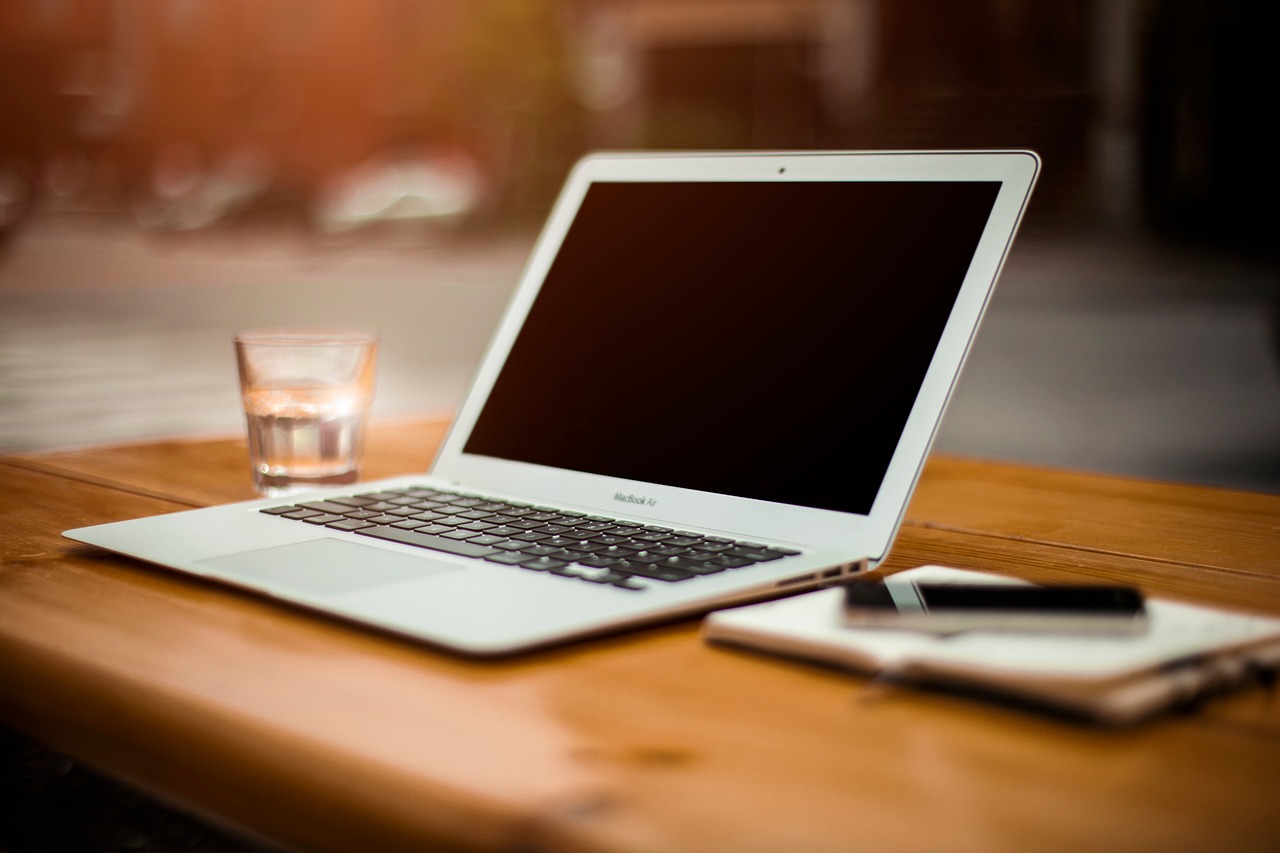
Locating a USB Stick on a Macbook Air
Using your Macbook Air, the first step is to open System Profiler. This can be found by opening the Applications folder and then selecting the Utilities folder. Once open, click on USB from the Contents column on the left under the Hardware header. This will show you all of the USB devices that your computer recognizes. Look through this list and you should find your USB stick listed there. If it isn’t listed, then it may not be connected correctly or may need additional drivers installed in order to be recognized.
Troubleshooting USB Not Showing Up on Macbook Air
It’s possible that your USB device is not compatible with your MacBook Air. Make sure the device is turned on and check that its cable is securely connected to the port. If it still isn’t showing up, try connecting it to a different USB port. It could be that some ports don’t have enough power to support the device. Alternatively, you may need to install specific drivers from the manufacturer’s website in order for your Mac to recognize the USB device. If none of these solutions work, please contact the manufacturer for further assistance.
Accessing USB Files on a Mac
To access files on a USB drive (also known as a flash drive) on a Mac, you first need to connect the drive to your Mac. Once the connection has been established, open Finder from the dock or applications folder. You will see the flash drive listed in the Sidebar on the left side of the window, or it may appear on your desktop. If you can see it on your desktop, double-click it to open the flash drive in a new Finder window.
Once you have opened the flash drive in Finder, you can browse and view its contents by double-clicking on any of its folders or files. To copy or move files from or to your USB drive, simply drag and drop them into or out of its window. When you are done transferring files, safely eject your USB drive beore disconnecting it from your Mac by dragging its icon to the Trash icon in the Dock.
Enabling USB Devices on Mac
Enabling USB devices on Mac is relatively simple. First, make sure the device is connected to a power source, then connect it to your Mac via USB or Thunderbolt port. If the device is not detected, try disconnecting and reconnecting the device or switch to a different port. If you are usng a USB or Thunderbolt hub, you may need to connect the device directly to your Mac for it to be detected. Once the device is connected and detected by your Mac, open System Preferences > Security & Privacy and make sure “Allow applications downloaded from” is set to either App Store or App Store and identified Developers. You may also need to enable permissions for external devices in System Preferences > Security & Privacy > Privacy > Hardware. After these settings have been enabled, you should be able to use your USB devices with your Mac.
Troubleshooting USB Drive Not Showing Up
It’s possble that your USB drive is no longer functioning properly. It could be that the drive has gone bad or it needs to be reformatted. Alternatively, if the drive shows up on other devices but not your computer, it may be a problem with your USB port. You can try connecting the drive to a different USB port or even another computer to check if that works. If not, then you may need to look into getting a new flash drive.
Troubleshooting USB Not Showing Up
It’s possible that there are a few different reasons why your USB drive is not showing up. First, it could be that the USB drive is not properly seated in the port. Make sure the USB drive is firmly plugged in all the way and try again. If that doesn’t work, then it could be that the USB port on your computer itsef is bad. Try plugging it into a different port to see if that solves the issue. If not, then it’s possible that the USB drive itself is broken or damaged in some way. You can test this by trying a different USB drive on your computer and seeing if it works correctly. Lastly, it’s possible that the file system of the USB drive is not compatible with your device and therefore cannot be read by your device. In this case, you may have to reformat or convert your USB drive to a compatible format before you can use it with your device.
Conclusion
In conclusion, USB devices are a convenient and versatile way to transfer data. They can easily be connected to computers, laptops, and other devices with a USB port. With the proper power and cable connection, most USB devices can be used quickly and reliably. However, if you experience any issues with your USB device, you sould contact the manufacturer for more information.

